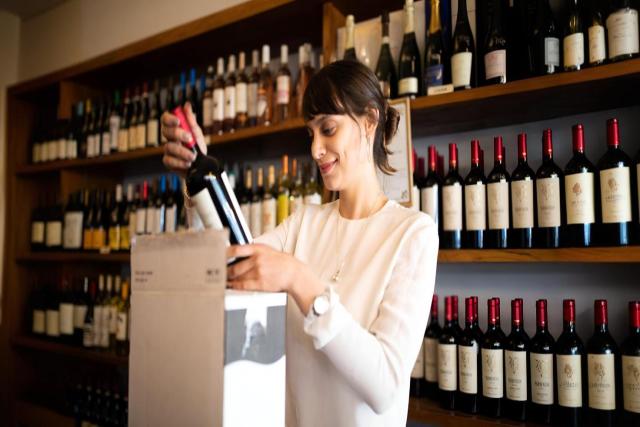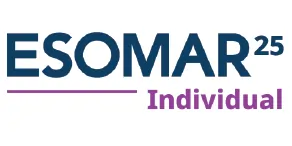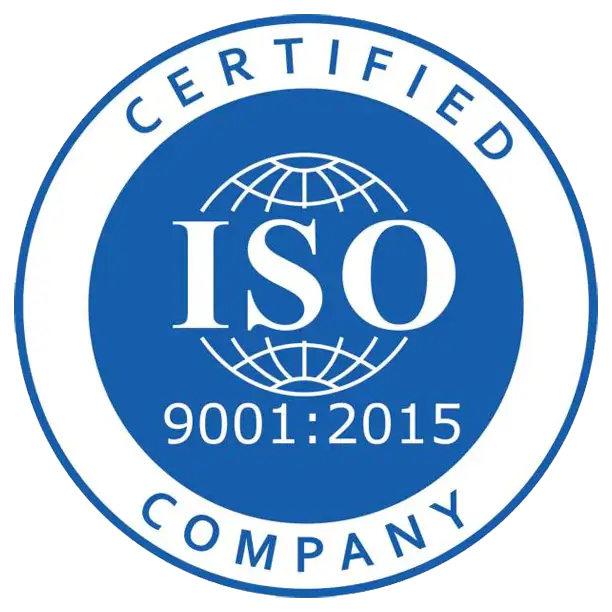
The history of the wine industry has witnessed certain drastic changes during the centuries. From the vintage winemaking methods to modern innovations that have revolutionized the production process, the evolution of the wine business is a result of its perseverance in adapting the changing needs and consumer demands. With global consumption of wine still on the increase, it is imperative that the factors influencing consumer preferences are understood by both producers and marketers.
Health Consciousness and Wellness Trends
One of the most pervasive factors influencing consumer flavor in the wine industry is enhanced health and wellness awareness. With consumers more actively seeking to live better, wine is more frequently becoming the superior option as a low-calorie, antioxidant-driven beverage over other alcoholic drinks. Organic and low-additive wines are also gaining traction with health-conscious consumers. Also in the pipeline are low-alcohol and alcohol-free wines, reflecting wines that are friendly to wellness trends. All these are reshaping the way consumers choose wines, and firms are in response providing healthier wines without compromising taste.
Sustainability and Ethical Standards
Since sustainability is a global agenda, wine consumers are more committed than ever to buying wines that align with their values. Green winemaking, which incorporates water usage, pesticide use, and waste packaging, is high on the list. Consumers are more likely to select wines from producers who employ sustainable viticulture, for example, those who employ organic or biodynamic farming practices. Increased demand for environment-friendly packaging, such as lighter glass bottles or different materials, is also emerging.
Varietal Discovery and Peculiar Flavors
Growing interest in wine varietals and non-traditional flavor profiles is another potent force behind consumer preferences. Consumers are turning away from mass-market wine choices and exploring diverse portfolios of wine from unknown regions. Natural wines, with their distinctive profiles, are becoming appealing to consumers eager to experiment. Similarly, wines with atypical flavor profiles like orange wines or those scented with spices or fruits are also gaining popularity. With more international exposure to other wine regions, there is also a higher need to experience and taste the various styles and flavors. This is also a sign of the transformation of the positioning of the wine industry to be able to entice a wider, more experimental consumer base.
The Technology's Role in the Wine Experience
Application of technology in the wine industry has also contributed to the formation of consumer preferences. Technology in web-based wine stores has made it possible for consumers to access more product variety with less effort, and digital products such as wine recommendation software have customized the buying experience. Technology used in wine making—ranging from precision agriculture through data-based fermentation processes—is also improving product quality and consistency. These latest innovations are enhancing the accessibility and enjoyment of wine, enabling producers to satisfy the varied needs of contemporary consumers.
Looking Ahead: The Future of the Wine Industry
The future of the wine industry appears bright, with growth being anticipated in emerging and established wine-producing regions alike. The wine industry is anticipated to grow at a 4.30% CAGR in the forecast period, as per Coherent Market Insights (CMI). The size of the industry as a whole will be US$ 422.08 billion in 2032. With changing consumer behavior, innovation, sustainability, and health-driven trends will keep driving the business. Winemakers who are able to bank on these factors successfully will thrive in the dynamic and competitive wine business.
Source:
E-commere Platform: ResearchGate
U.S. Government Agency: National Institute of Health







